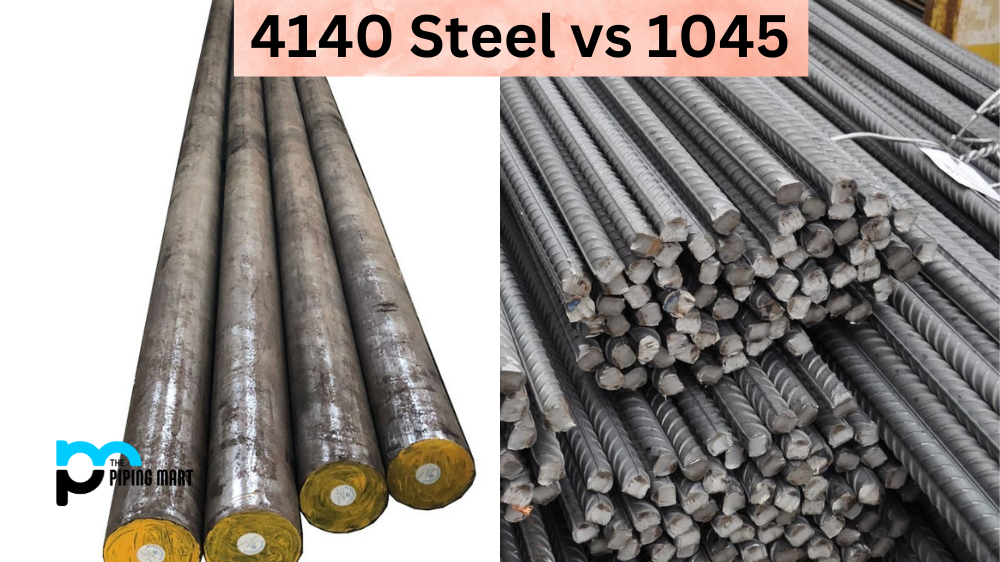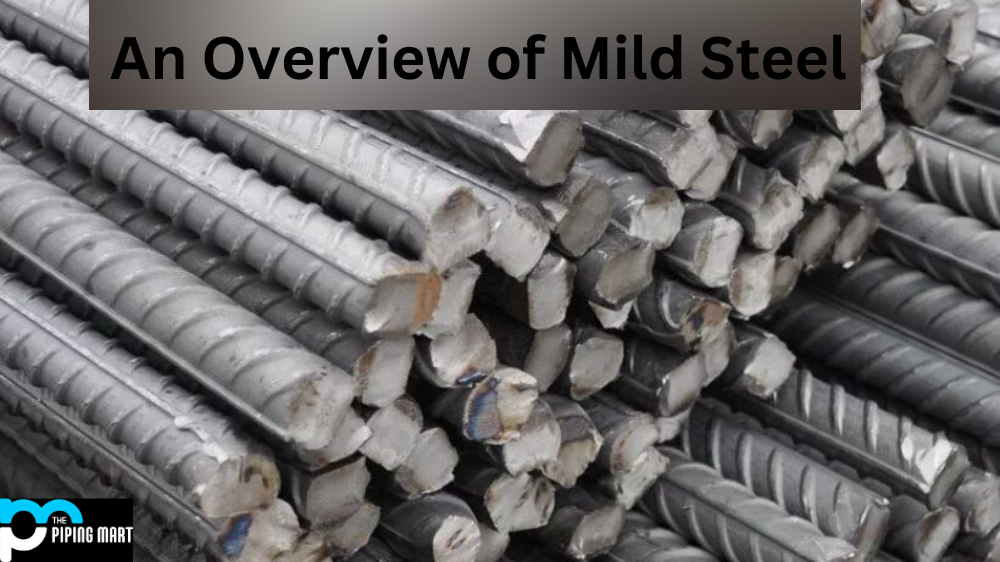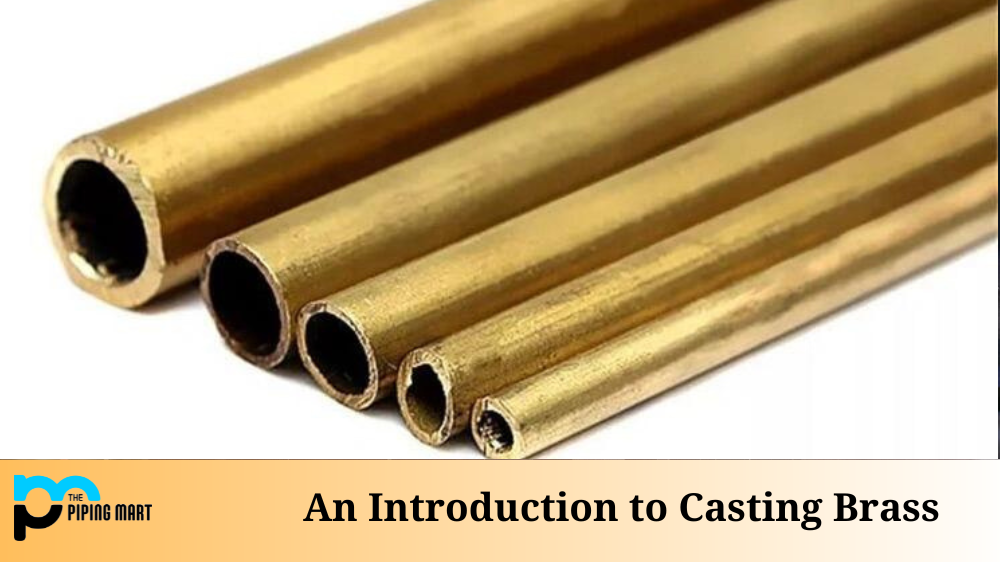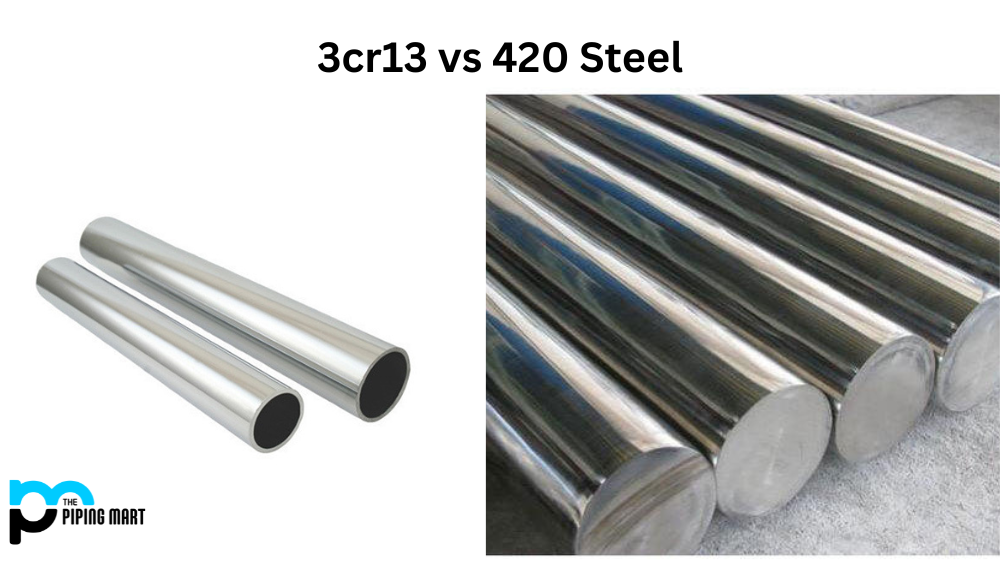When selecting the right material for your next metal project, the options can be overwhelming, especially when you must pick between two seemingly similar materials – 4140 steel and 1045 steel. These two materials are commonly used in manufacturing and engineering applications. While they share a few similarities, significant differences set them apart. In this blog post, we’ll dive into the differences between 4140 steel and 1045 steel, the applications they are best suited for, and ultimately help you make an informed decision.
What is 4140 Steel?
4140 steel is a low alloy steel known for its strength and toughness. It contains chromium, molybdenum, and manganese, providing excellent hardenability, strength, and wear resistance. Due to its high carbon content, 4140 steel is commonly used in high-stress applications such as crankshafts, gears, and axles. It’s also an excellent choice for making machining tools and fixtures. Though 4140 steel is prone to cracking during welding, it can be heat-treated for excellent flexibility.
What is 1045 Steel?
1045 steel is a medium carbon steel that is ideal for heavy-duty applications. It is the most commonly used material for making shafts in the automotive industry due to its high strength and resistance to wear and tear. It is also an excellent material for making gears, bolts, and screws. Because of its low alloy content, 1045 steel is easier to weld than 4140 steel. It can also be heat-treated to improve its toughness and wear resistance.
Difference Between 4140 Steel and 1045
Load-Bearing Applications
Regarding load-bearing applications, both 4140 steel and 1045 steel can be used for similar purposes. However, 4140 steel has a higher yield strength, meaning it can withstand more stress before breaking. Therefore, when designing parts or structures that will be subject to heavy loads and impact, 4140 steel is the preferred choice.
Machining Applications
In machining applications, 4140 steel outperforms 1045 steel. 4140 steel’s composition makes it easy to machine. It can be drilled, cut, or machined accurately and precisely. On the other hand, while 1045 steel is easy to weld, it can be challenging to machine. High-performance machining tools must be used to achieve the desired results.
Conclusion
While 4140 and 1045 steel share a few similarities, they differ in composition, strength, and machining capabilities. When determining which material to use for your project, it’s essential to consider the application’s requirements. For high-stress and impact applications, 4140 steel is the better choice. For heavy-duty applications that require high strength and resistance to wear, 1045 steel is the ideal material. Regardless of which material you choose, it’s always a good idea to consult a professional to ensure you make the right choice based on your project’s specifications.
Rachana is a dedicated and ambitious young woman who has made a name for herself in the metal industry. From her earliest days in the industry, Rachana showed a natural talent for problem-solving and a keen eye for detail. In her free time, She enjoys reading up on the latest advancements in the industry, as well as exploring new ways to innovate and improve upon existing processes.




